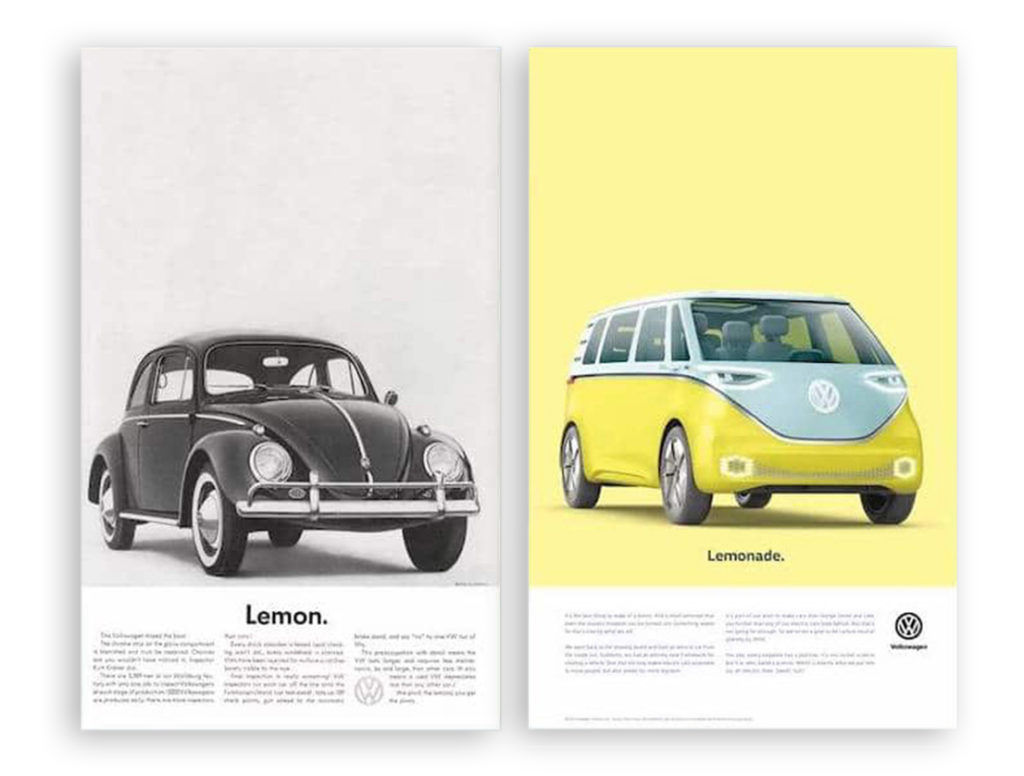VW in a New Light

For baby boomers who came of age in the late 1960s, the VW Beetle is a symbol of carefree youthful abandon, beach parties, rock concerts, and living happily on a shoestring. It was a protest against the materialism of the older folks and their thirst for big cars with long tail fins. Aware that the humpbacked VW Bug could not compete on speed, comfort or sleek styling, ad agency Doyle Dane Bernbach had the chutzpah to turn the Beetle’s shortcoming into a symbol of hipness with bluntly honest slogans like “Think Small” and “Lemon.” It worked. By 1973, VW had sold more than 16 million Beetles worldwide.
Read More »
